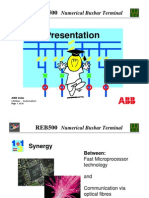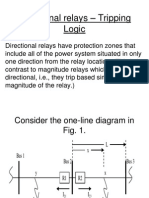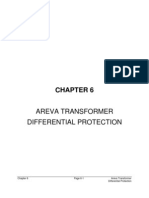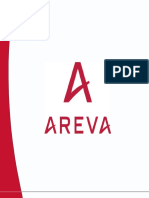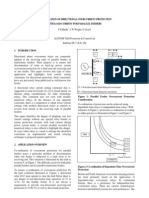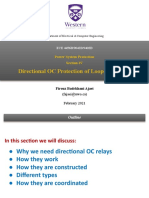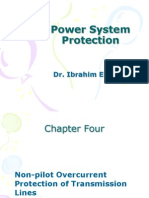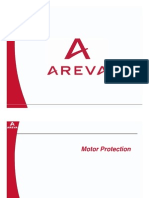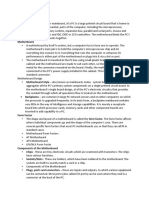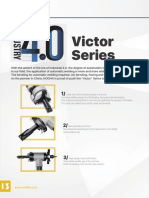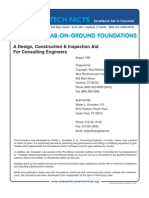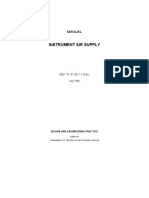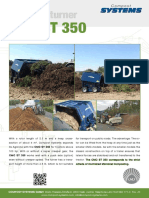100% found this document useful (3 votes)
2K views37 pages03-Presentation Directional Protection
This document discusses the application of directional overcurrent and earthfault protection for ring main circuits and parallel feeders. Directional relays are required for ring main circuits since current can flow in both directions. For ring systems with two sources, the options are to trip the least important source or use pilot wire protection. In parallel feeders, directional relays are applied at the downstream relays to prevent reverse feeding during faults on one feeder. Settings for directional relays are typically sensitive with a fast operating time to discriminate between load and fault conditions.
Uploaded by
Rajesh PillaiCopyright
© Attribution Non-Commercial (BY-NC)
We take content rights seriously. If you suspect this is your content, claim it here.
Available Formats
Download as PDF, TXT or read online on Scribd
100% found this document useful (3 votes)
2K views37 pages03-Presentation Directional Protection
This document discusses the application of directional overcurrent and earthfault protection for ring main circuits and parallel feeders. Directional relays are required for ring main circuits since current can flow in both directions. For ring systems with two sources, the options are to trip the least important source or use pilot wire protection. In parallel feeders, directional relays are applied at the downstream relays to prevent reverse feeding during faults on one feeder. Settings for directional relays are typically sensitive with a fast operating time to discriminate between load and fault conditions.
Uploaded by
Rajesh PillaiCopyright
© Attribution Non-Commercial (BY-NC)
We take content rights seriously. If you suspect this is your content, claim it here.
Available Formats
Download as PDF, TXT or read online on Scribd
/ 37












